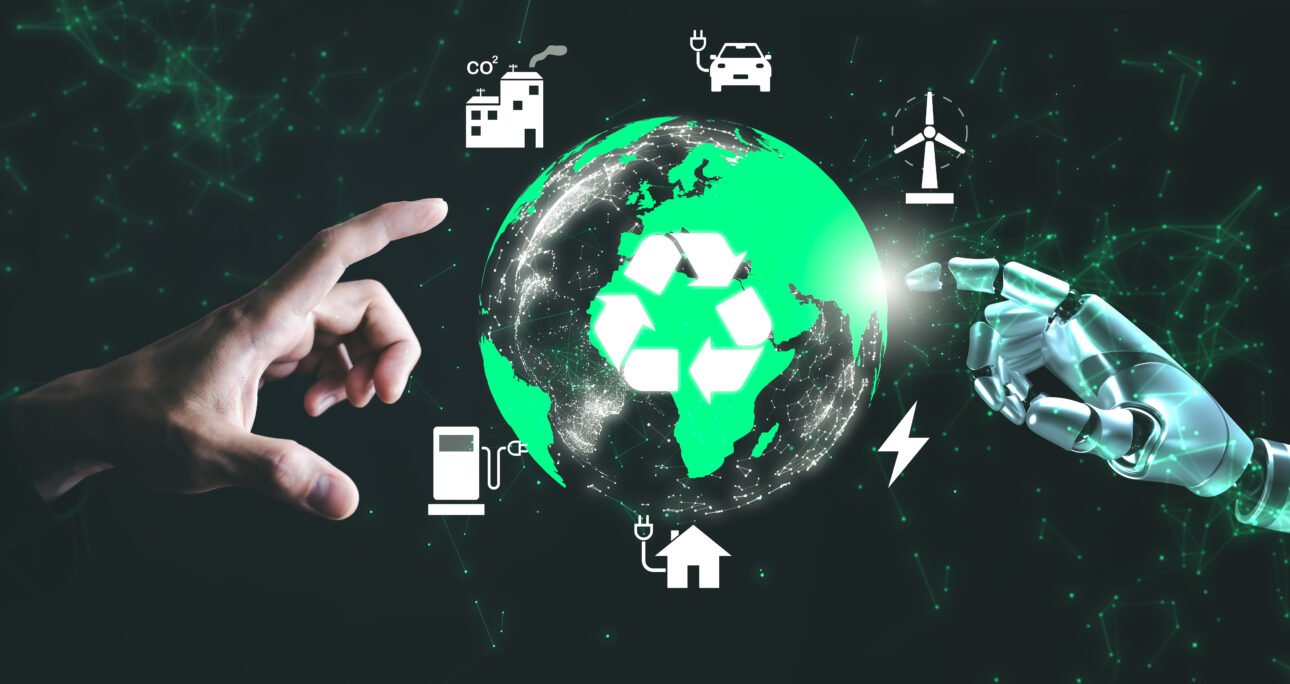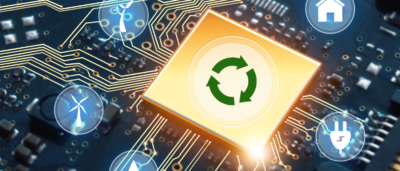The growing demand for technology has given rise to an increasing flow of electronic devices—from smartphones and laptops to large household appliances. However, this demand also leads to the accumulation of electronic waste (e-waste), creating environmental challenges that the traditional linear economy—where products are made, used, and discarded—fails to address.
To combat the environmental impact of e-waste, the world is shifting towards a circular economy, an economic system aimed at eliminating waste and ensuring that products and materials remain in use for as long as possible. In this model, e-waste recycling plays a vital role in resource recovery, reducing pollution, and fueling the future of electronics by contributing to the development of more sustainable manufacturing processes.
In this blog, we’ll explore the concept of the circular economy, the critical role of e-waste recycling within this framework, and how adopting circular principles can benefit both the environment and the economy.
What is the Circular Economy?
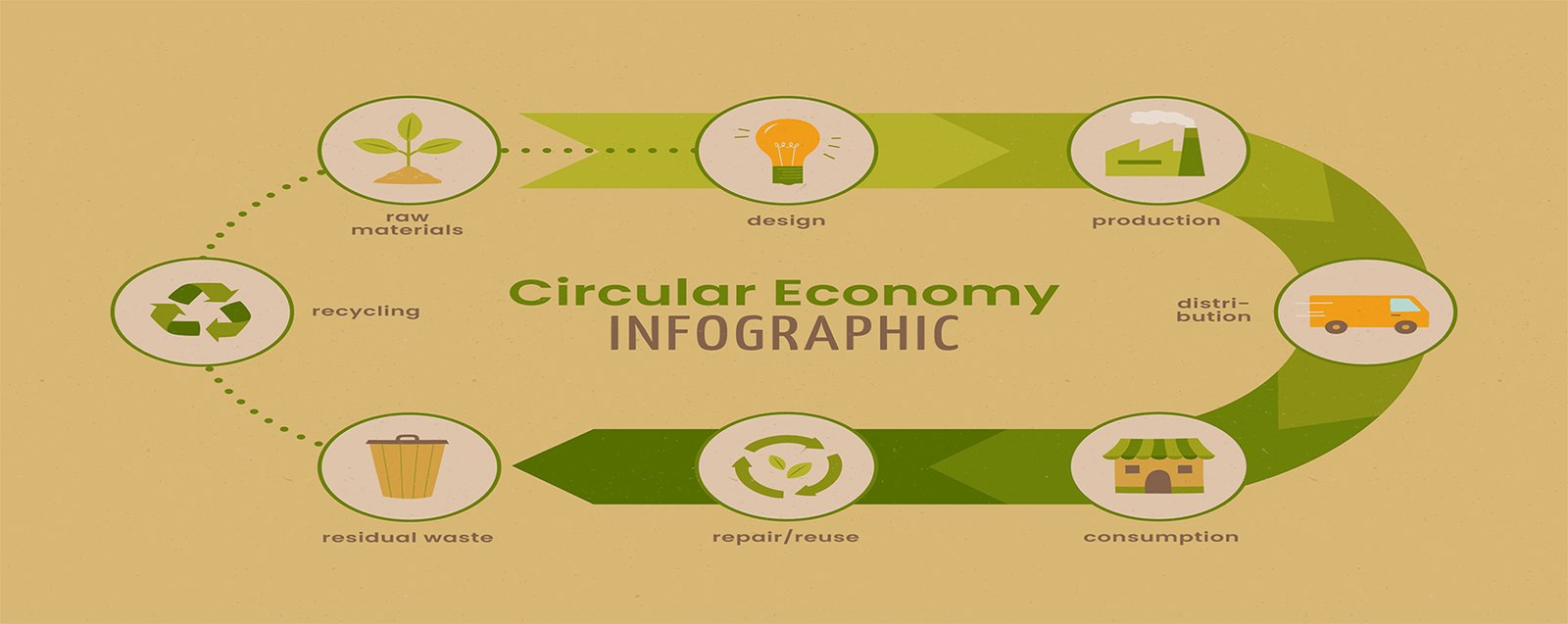
The circular economy is a restorative and regenerative economic model designed to reduce waste, make efficient use of resources, and ensure that products, components, and materials are continuously repurposed. Unlike the traditional linear economy—which follows the pattern of take, make, dispose—the circular economy operates on a closed-loop system that prioritizes reuse, repair, remanufacture, and recycling.
The goal of the circular economy is to maximize the value of materials and products by keeping them in circulation for as long as possible, thereby reducing the need for virgin raw materials and minimizing environmental damage. This system has significant potential in addressing the e-waste crisis, where the rapid turnover of electronic devices results in millions of tons of discarded electronics each year.
Key principles of the circular economy include:
- Design for Longevity: Products are designed to last longer, with an emphasis on durability and ease of repair.
- Resource Recovery: Valuable materials are recovered from end-of-life products through recycling and reprocessing, minimizing the need for raw material extraction.
- Circular Supply Chains: Supply chains are optimized to incorporate reused and recycled materials, reducing the reliance on virgin resources.
The Role of E-Waste in the Circular Economy
E-waste refers to discarded electronic devices that are no longer functional or desired, such as computers, smartphones, televisions, and household appliances. As technology continues to evolve, e-waste has become one of the fastest-growing waste streams in the world. According to the Global E-Waste Monitor, the world generated 53.6 million metric tons of e-waste in 2019, and this number is expected to rise to 74 million metric tons by 2030.
The circular economy offers a sustainable solution to this growing challenge by focusing on e-waste recycling as a way to recover valuable materials and reintegrate them into the production process. This reduces the environmental impact of electronics manufacturing while promoting the responsible use of resources.
Here’s how e-waste recycling fits into the circular economy:
1. Resource Recovery and Material Reuse
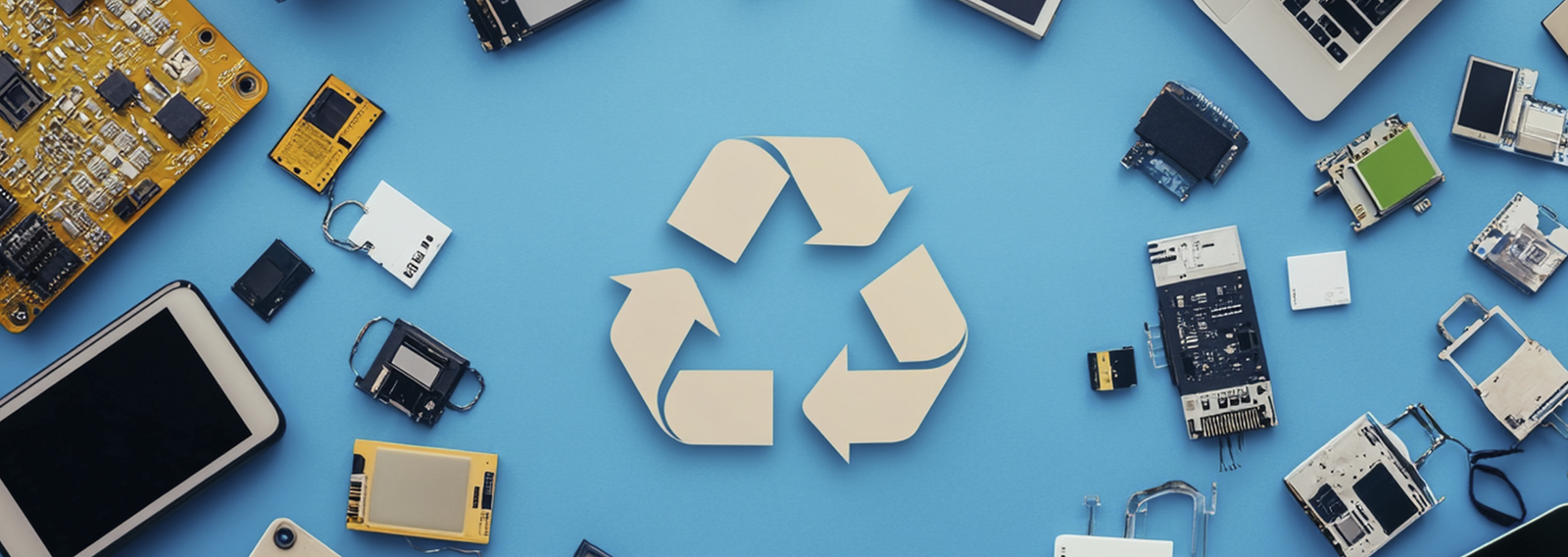
E-waste recycling enables the recovery of these valuable materials from discarded devices. For example, one million recycled mobile phones can recover 35,000 pounds of copper, 772 pounds of silver, 75 pounds of gold, and 33 pounds of palladium. By reintroducing these materials into the supply chain, recycling reduces the demand for mining, conserves natural resources, and supports the sustainable production of new electronics.
In a circular economy, the recovery of materials from e-waste becomes a key pillar of sustainable resource management, ensuring that valuable resources are not lost to landfills but are instead repurposed for future use.
2. Reducing Environmental Impact
Improper disposal of e-waste poses significant environmental risks. Electronics contain toxic substances such as lead, mercury, and cadmium, which can leach into the soil and water if disposed of in landfills or incinerated. These chemicals can have serious consequences for ecosystems and human health, including soil contamination, water pollution, and air pollution.
Recycling e-waste within a circular economy framework addresses these environmental risks by ensuring that hazardous materials are safely removed, processed, and disposed of in compliance with environmental regulations. Furthermore, recycling reduces greenhouse gas emissions by lowering the energy consumption associated with mining and raw material extraction. For instance, recycling aluminum saves up to 95% of the energy required to produce it from raw materials.
By recycling electronics instead of discarding them, we reduce the negative environmental impact associated with both e-waste disposal and the extraction of virgin resources.
3. Designing for Recyclability and Repairability

In a circular economy, product design is a key factor in ensuring that electronics are easier to repair, recycle, and reuse. Many current electronics are designed with planned obsolescence in mind, making them difficult or expensive to repair. This leads to higher volumes of e-waste as consumers replace devices rather than repair them.
By adopting Design for Environment (DfE) principles, manufacturers can create products that are more durable, modular, and easier to disassemble for recycling. For example, electronics designed with standardized parts can be repaired with readily available components, extending the device’s lifespan and delaying the need for recycling.
In a circular economy, manufacturers take greater responsibility for the end-of-life management of their products, ensuring that they are designed not only for functionality but also for sustainability.
4. Promoting Circular Supply Chains
The circular economy also encourages the creation of circular supply chains, where materials recovered from e-waste recycling are reintroduced into the production process. By prioritizing the use of recycled materials, manufacturers can reduce the need for new raw materials, lower production costs, and decrease their environmental footprint.
For example, recovered metals like gold and copper from e-waste can be used to manufacture new circuit boards, while recycled plastic can be used to produce new casings for electronic devices. This creates a closed-loop system where materials circulate within the economy rather than being extracted, used, and discarded.
Circular supply chains not only support the responsible use of resources but also foster supply chain resilience, reducing dependency on volatile raw material markets.
5. Extended Producer Responsibility (EPR)
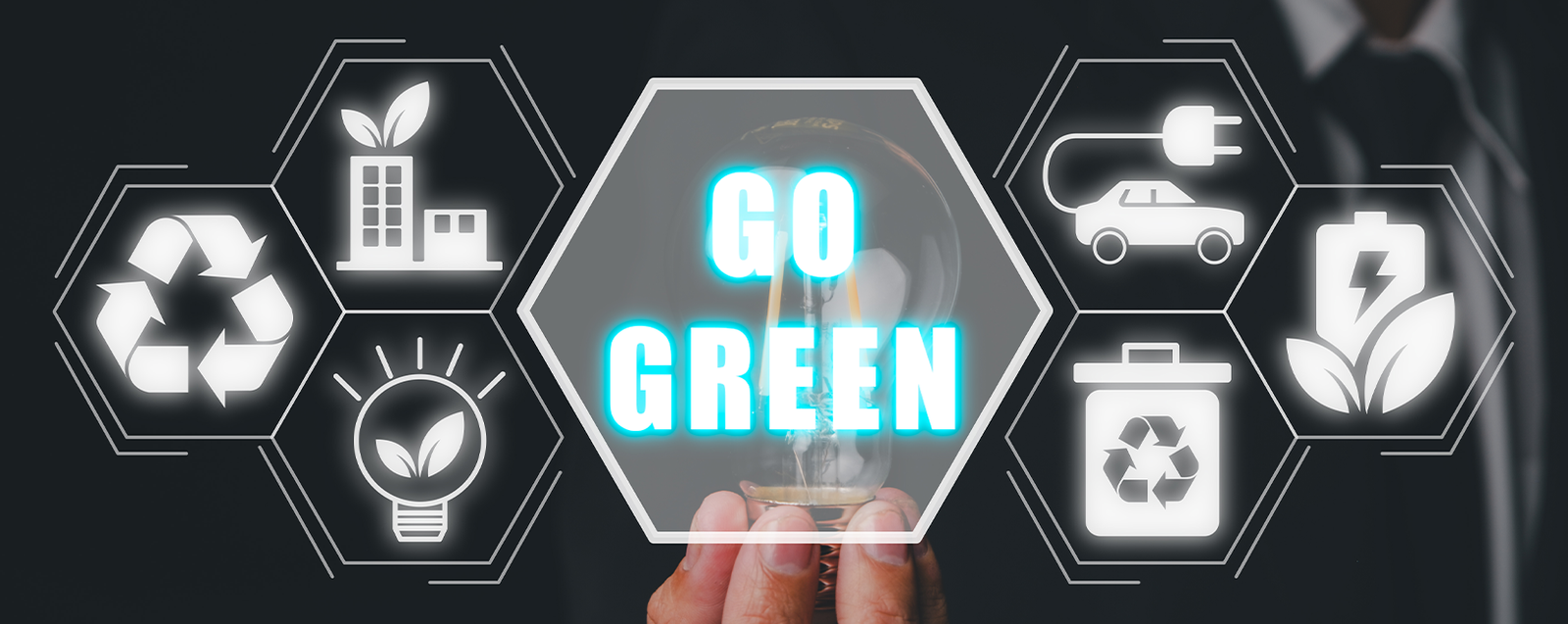
Extended Producer Responsibility (EPR) is a key policy mechanism that supports the circular economy by holding manufacturers accountable for the end-of-life management of their products. Under EPR regulations, producers are responsible for the collection, recycling, and disposal of their electronics once they are no longer in use.
EPR incentivizes manufacturers to design products with recyclability and resource efficiency in mind, ensuring that they meet recycling targets and reduce waste. By incorporating EPR into their business models, companies can align with circular economy principles while meeting regulatory requirements for sustainability.
6. Job Creation and Economic Growth
The transition to a circular economy not only benefits the environment but also presents significant opportunities for economic growth and job creation. As e-waste recycling becomes more widespread, new industries and businesses will emerge to support the recovery, repair, and remanufacturing of electronic products.
The circular economy fosters innovation in recycling technologies and sustainable product design, driving green job creation in sectors such as electronics refurbishment, e-waste management, and sustainable manufacturing. In addition, by promoting the reuse of materials, the circular economy helps stabilize supply chains and reduce the costs associated with resource scarcity.
The Benefits of E-Waste Recycling in the Circular Economy
By integrating e-waste recycling into the circular economy, we can achieve a range of environmental and economic benefits, including:
Reduction of E-Waste in Landfills
Recycling keeps electronic devices out of landfills, reducing soil and water contamination while minimizing the space required for waste disposal.
Conservation of Natural Resources
Recycling helps recover valuable materials like metals, plastics, and rare earth elements, conserving resources and reducing the need for new raw material extraction.
Energy Savings
Reprocessing recovered materials requires significantly less energy than producing new materials from scratch, reducing the carbon footprint of electronics manufacturing.
Economic Opportunities
The circular economy creates new markets for recycled materials and fosters job growth in industries focused on repair, refurbishment, and recycling.
conclusion
The circular economy offers a forward-thinking approach to addressing the global e-waste crisis, ensuring that materials are not discarded but rather continuously repurposed and reused. E-waste recycling is at the heart of this transformation, playing a critical role in resource recovery, reducing environmental impact, and promoting sustainable electronics production.
At Advaya E-Waste Management, we are committed to promoting the principles of the circular economy through responsible recycling practices. Our state-of-the-art recycling processes recover valuable materials from discarded electronics, reducing waste and contributing to a greener, more sustainable future.
By embracing e-waste recycling and supporting circular economy initiatives, businesses and consumers can help fuel the future of electronics while protecting our planet for generations to come.
.

